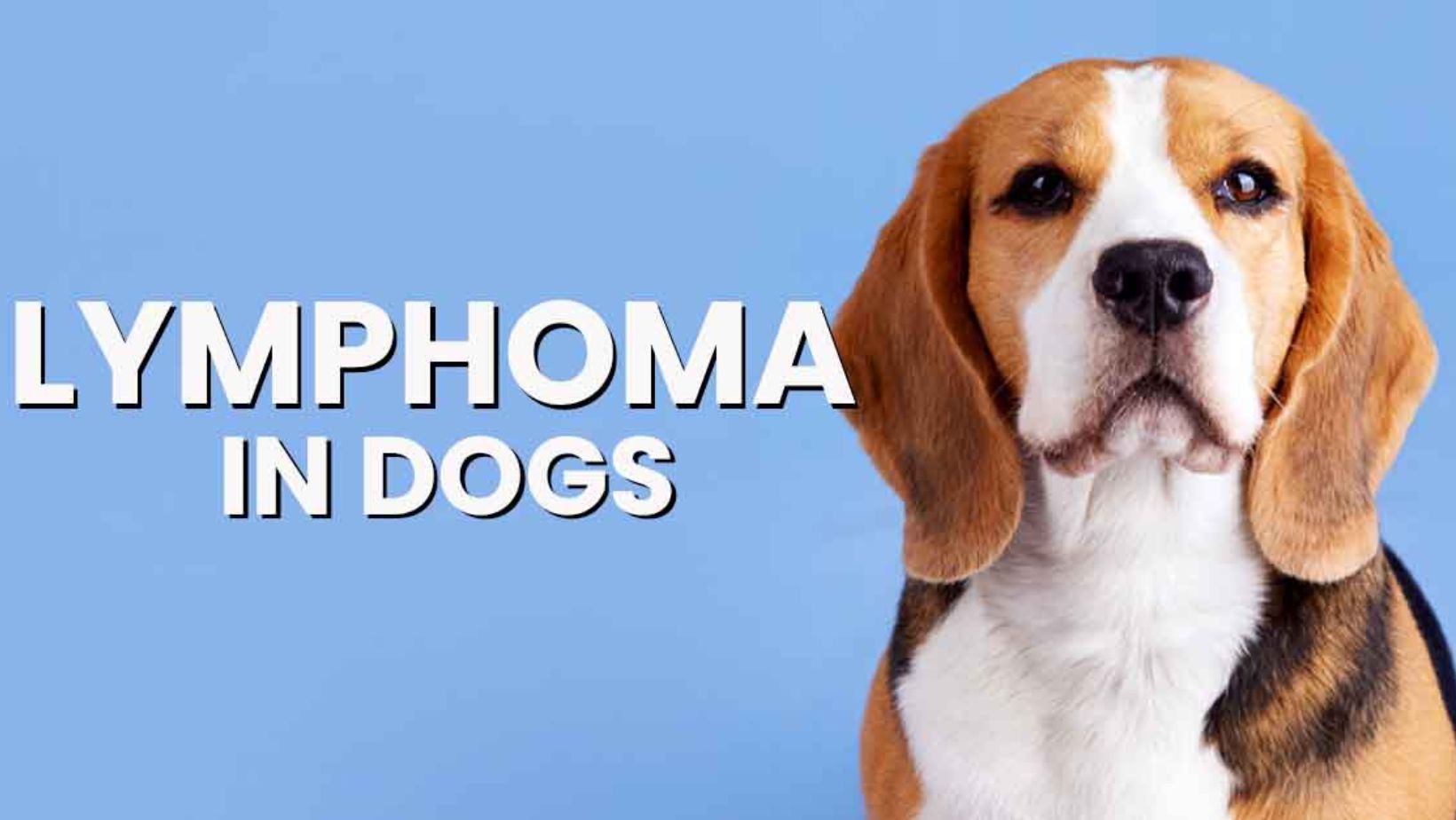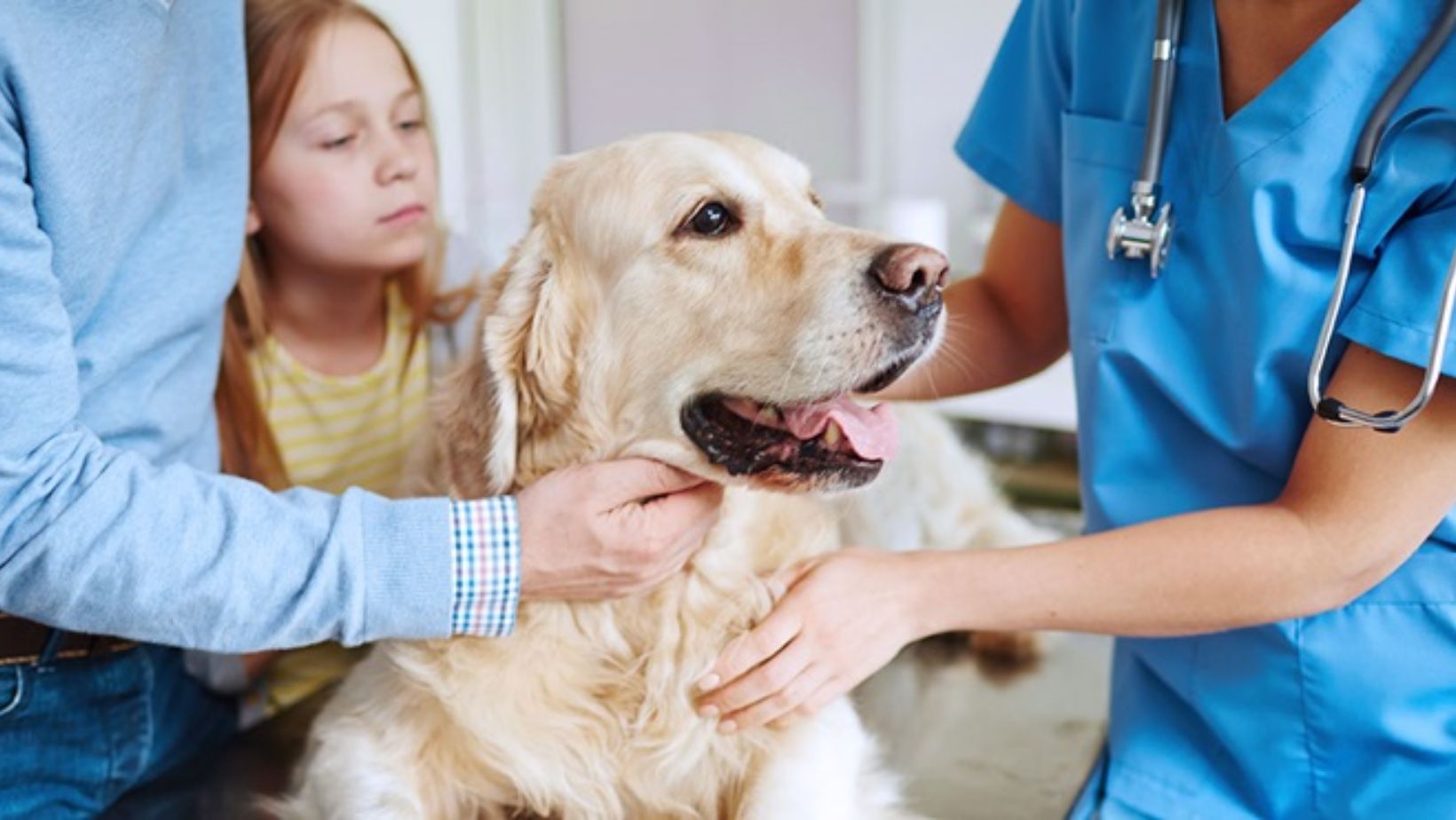As our faithful canine companions weave themselves into the tapestry of our families, their health and well-being naturally claim the spotlight. Among the myriad health challenges that can affect our cherished four-legged friends, lymphoma emerges as a significant and often formidable foe. Lymphoma, a cancer originating in lymphocytes, essential white blood cells integral to the immune system, can afflict dogs of all breeds and ages. In this article, we embark on a journey into the intricate world of lymphoma in dogs, exploring its causes, diverse types, diagnostic procedures, treatment modalities, and the pivotal role of early detection.
Unpacking Causes and Risk Factors:
The precise etiology of lymphoma in dogs remains veiled in mystery, mirroring its elusive nature in human counterparts. Nevertheless, certain factors and associations have been identified:
1.Age-Related Trends: While lymphoma can strike dogs of all age groups, it is notably more frequently diagnosed in middle-aged to older canines.
Diverse Forms of Canine Lymphoma:
Canine lymphoma manifests in various subtypes, each characterized by distinct features and behaviors:
1. Multicentric Lymphoma: This constitutes the most prevalent form and primarily involves the peripheral lymph nodes. Dogs afflicted with multicentric lymphoma typically present with swollen lymph nodes, lethargy, and weight loss.
2. Cutaneous Lymphoma: Predominantly affecting the skin, this subtype results in skin lesions, ulcers, and itching.
Read more.. Going with Pets: Tips for a Pet-Accommodating Excursion
Diagnosis and Treatment Approaches:
Accurate diagnosis of lymphoma in dogs often necessitates a multifaceted approach:
- Physical Examination: Routine physical examinations may reveal enlarged lymph nodes or other anomalies.
- Biopsy: Confirmatory diagnosis and subtype determination typically require a tissue sample from an affected lymph node or organ.
- Blood Analyses: Complete blood count (CBC) and related tests can offer valuable insights into the dog’s overall health and the extent of the disease.
Treatment options for canine lymphoma may encompass:
- Chemotherapy: Chemotherapy represents the most common treatment modality and can yield substantial remission or disease control, often with fewer side effects than experienced by human patients.
- Radiation Therapy: In specific instances, radiation therapy may be recommended, particularly for localized lymphoma.
- Immunotherapy: Ongoing exploration of treatments such as immunotherapy holds promise for the future.

Read more.. Discovering the Best Accessories for Your Beloved Cats Online
The Crucial Role of Early Detection:
Early detection constitutes a linchpin in effectively managing canine lymphoma. Pet owners assume a pivotal role in this process by vigilantly monitoring their dogs for any indicators of illness, encompassing alterations in appetite, weight loss, the appearance of lumps or swellings, and modifications in behavior or activity levels. Regular veterinary check-ups remain pivotal for timely diagnosis and intervention.
Read more.. Navigating the Maze: Unveiling the 5 Worst Health Insurance Companies in India





